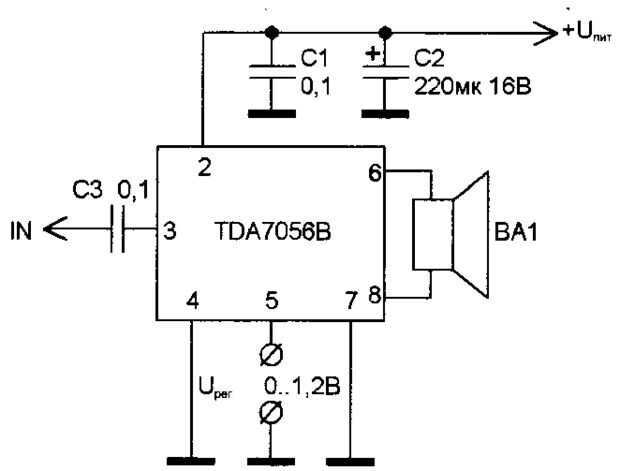CD908 8CB- Datasheet, PDF Search Partnumber: Included a word 'CD908' - Total: 15 ( 1/1 Page) Electronic Manufacturer Part no Datasheet Electronics Description TI store [Old version datasheet] [Old version datasheet] [Old version datasheet] [Old version datasheet] [Old version datasheet] [Old version datasheet] [Old version datasheet] [Old version datasheet] [Old version datasheet] [Old version datasheet] [Old version datasheet] [Old version datasheet] [Old version datasheet] [Old version datasheet] [Old version datasheet].

Sep 7, 2016 - The schematic as listed is shown above. The CD9088 is responsible for FM reception, with the only datasheet I could find being in Chinese. CD9088CB Datasheet - Monolithic electric tuning FM radio IC, CD9088CB datasheet, CD9088CB pdf, CD9088CB pinout, equivalent, data, circuit, output.

I recently bought one of these little kits and am going to give it a try. Ive little experience with fine soldering, so ill have to take my time. It uses a 9088 IC as FM tuner, a TDA2822 as AF amplifier. Its powerful enough to drive a 2' speaker as is, but I will probably add a single tube amp to the back end. Id like to mount this and hide it well in one of the early empty radio cabinets ive picked up. It might become my new shop radio.
Grafik uborki tualetov obrazec v. Uploaded with Uploaded with but for ten bucks, all pieces included. I couldnt turn down this kit. Plus, i do need to hone my skills on finer soldering. It's kinda difficult to picture in my mind exactly what you're trying to do - but I'm assuming that chip is a surface mount device, right? Those need a certain technique to solder to a board with any great success, and here's how I did it: Place the chip in the exact position you want it in, and tack-solder two of the pins to the board, top left - and bottom right, so it cannot skew on the board. Next, get some soldering flux that comes in a syringe and use plenty of it all over the pins and board.
Then, with a molten blob of solder on your iron tip, you use it like a brush and sweep the molten blob of solder down one row of pins. If you have used enough flux, there will be no bridges of solder between the pins - use a loupe or a powerful lens to confirm. Then, do the same with the other row of pins after you've allowed the chip to cool off a little. Clean up all the excess flux when you're done. Yes you can scratch off some of that green solder mask and solder directly to the tracks if you wish.
This is an old thread, but relevant to my questions. Does anyone know: --previous posts talk about difficulty soldering the IC.
Is this a surface mount device (SMD) or a DIP package? I would prefer DIP, but I think it's probably SMD. --I'd like to re-purpose this kit into a simple 2 meter ham FM monitor. Nothing sophisticated. Has anyone tried different (smaller) inductors and can this device 'stretch' to about 150 MHz.? Does anyone know of a still-available FM radio IC that does NOT use scan tuning? I suppose I could disable the scan and just use a very small variable cap.
Yd9088-top.png (15.26 KiB) Viewed 3975 times From a short reading of the datasheet, this chip seems intended for use on the FM broadcast band. Broadcast FM is wideband, with deviations on the order of 150 kHz. Ham radio uses narrowband FM, with deviations of 5 kHz. I don't think you can adjust selectivity externally with this chip, making it useless for a narrowband-FM receiver. I could be wrong about that; application data for this chip is sorely lacking. You might consider the Motorola MC13135 or MC13136, dual-conversion, narrow-band FM communications-receiver chips (). I see them selling for low $ in leaded and SMD packages on eBay.
You'll need more external components, like an LO crystal and IF ceramic filter, though. XtalHWJ wrote:There is no IF xfmr in this little beauty. The IF freq is internally established. I think it's under 100 KHz. We doubled (there's no VOX add-on for phpBB), but I'll post what I wrote anyway. Sounds like a chip similar to the YD9088, where selectivity is obtained thru on-chip active filters.
The YD9088's IF is 70 kHz IIRC. The datasheet schematic showed some caps hanging off pins 13 and 15 that may establish the bandwidth of the IF in conjunction with on-chip resistors. I am wondering how you get 150-kHz bandwidth at an IF well below 150 kHz?
Someone's going to have to fill me in on that one. The DSP radio chips also use low IFs, but DSP is akin to magic IMO.